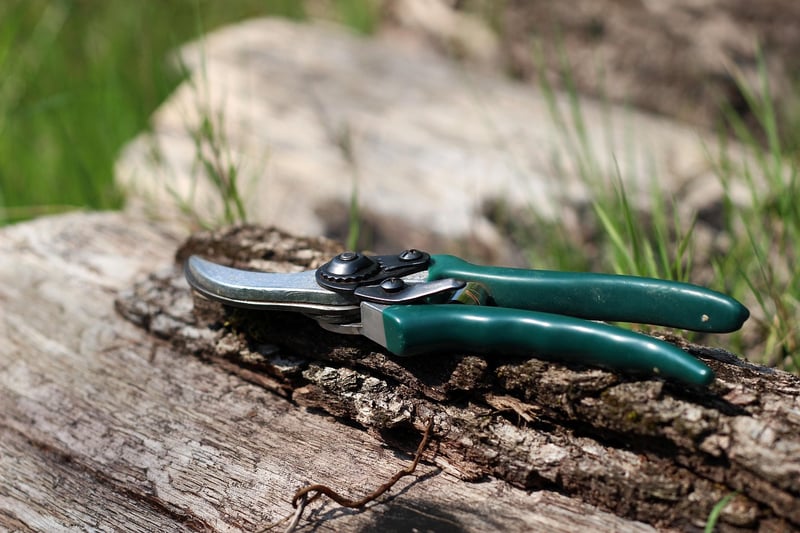Pruning Guidance
Caring for Your Garden: Essential Pruning Guide

Having a beautiful garden requires regular care and maintenance. One crucial aspect of garden care is pruning, which promotes plant health, controls growth, and enhances the overall appearance of your garden. Here's a comprehensive guide to help you master the art of pruning and keep your garden flourishing.
Why Pruning is Important
Pruning is essential for various reasons:
- Promotes plant growth and flowering.
- Removes dead or diseased branches to prevent the spread of infections.
- Shapes plants for aesthetic appeal and to control size.
When to Prune
Knowing when to prune is crucial for the health of your plants. Here are some general guidelines:
- Spring-flowering plants: Prune after they bloom.
- Summer-flowering plants: Prune in late winter or early spring.
- Evergreen plants: Prune in late winter.
How to Prune
Follow these steps for successful pruning:
- Use sharp, clean tools to make precise cuts.
- Identify the branches to be pruned based on your goals (e.g., removing dead wood, shaping the plant).
- Make cuts at a 45-degree angle just above a bud or lateral branch.
- Remove any crossing or rubbing branches to prevent damage.
Tools for Pruning
Having the right tools is essential for effective pruning:
- Pruning shears: Ideal for small branches.
- Loppers: Suitable for thicker branches.
- Pruning saw: Used for large branches.
- Gloves: Protect your hands while pruning.
Conclusion
Pruning is a key aspect of garden care that contributes to the health and beauty of your plants. By following the guidelines outlined in this article and regularly tending to your garden, you can enjoy a vibrant and flourishing outdoor space.
Remember, proper pruning not only benefits your plants but also adds to the overall charm of your garden!
